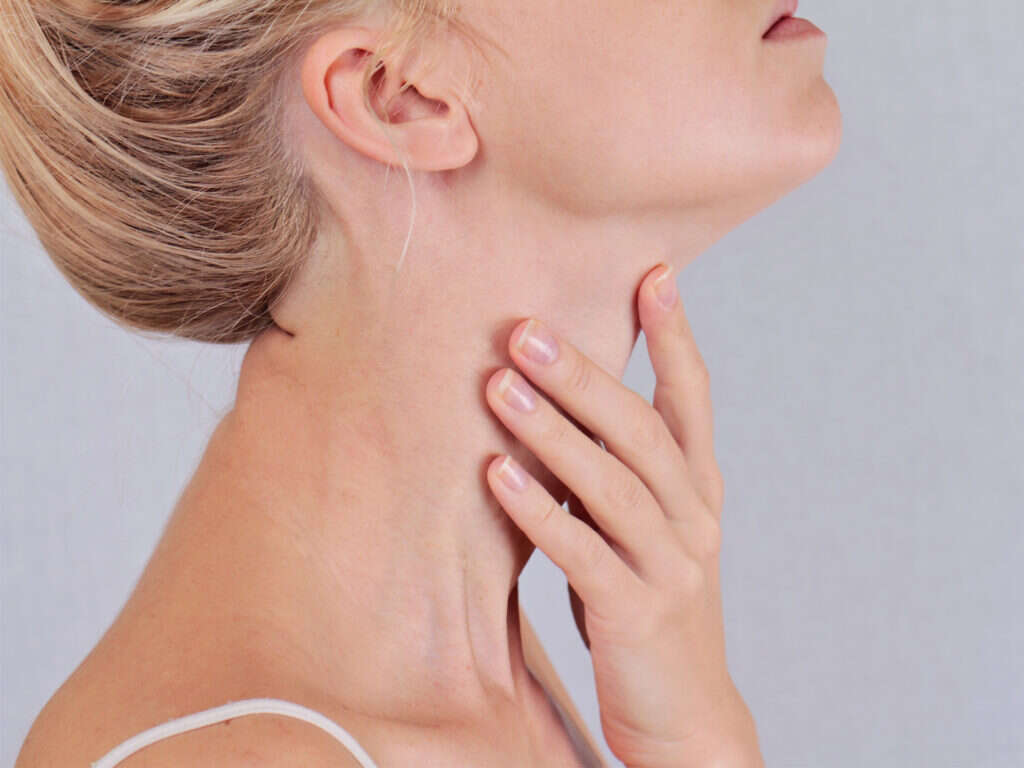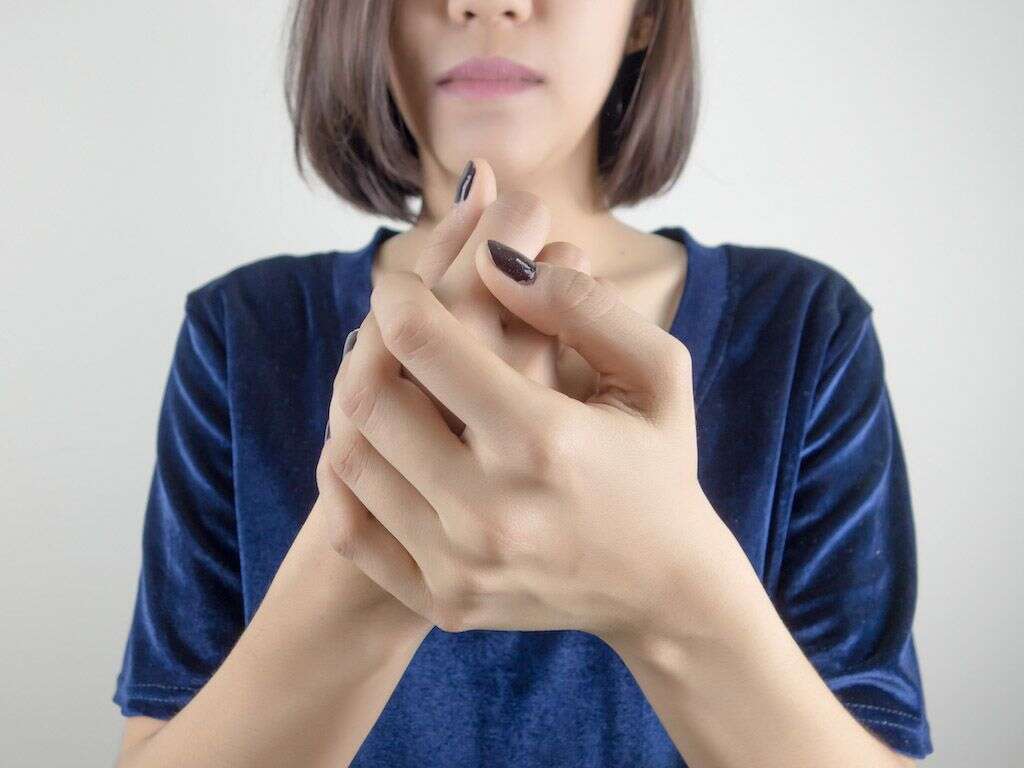All About Lupus Rashes
 Article Sources
Article Sources
- 1. 'How Lupus Affects the Skin.' Lupus Foundation of America, www.lupus.org/resources/how-lupus-affects-the-skin.
- 2. McDaniel, Brianna. 'Discoid Lupus Erythematosus.' U.S. National Library of Medicine, 15 Aug. 2020, www.ncbi.nlm.nih.gov/books/NBK493145/.
- 3. 'Rashes, Skin Care and Cutaneous Lupus: What You Should Know.' Hospital for Special Surgery, www.hss.edu/conditions/rashes-skin-care-cutaneous-lupus.asp.
- 4. 'Types of Cutaneous Lupus.' Patient Care at NYU Langone Health, nyulangone.org/conditions/cutaneous-lupus/types.
- 5. Achebe, Ikechukwu, et al. 'Dystrophic Calcinosis Cutis in Systemic Lupus Erythematosus.' Cureus, 20 June 2020, www.cureus.com/articles/27707-dystrophic-calcinosis-cutis-in-systemic-lupus-erythematosus.
- 6. 'How Lupus Affects the Skin.' Lupus Foundation of America, www.lupus.org/resources/vasculitis-and-lupus.
- 7. 'Raynaud's Phenomenon.' Johns Hopkins Medicine, www.hopkinsmedicine.org/health/conditions-and-diseases/raynauds-phenomenon.
- 8. Sajjan, Vijaya Veeranna, et al. 'Livedo Reticularis: A Review of the Literature.' Indian Dermatology Online Journal, Medknow Publications & Media Pvt Ltd, 2015, www.ncbi.nlm.nih.gov/pmc/articles/PMC4594389/.
- 9. 'How Lupus Is Diagnosed: An Overview.' Lupus Foundation of America, www.lupus.org/resources/how-lupus-is-diagnosed-an-overview.
Lupus is a chronic autoimmune disease. This disease causes the body’s immune system to attack its own healthy tissues, resulting in a variety of symptoms that range in severity. Lupus often affects the joints, lungs, kidneys and skin.
In many individuals who are living with lupus, skin rashes are a primary symptom. In fact, according to the Lupus Foundation of America, as many as 66% of people who are living with lupus will develop some form of skin disease called cutaneous lupus erythematosus, or lupus rashes.1‘How Lupus Affects the Skin.’ Lupus Foundation of America, www.lupus.org/resources/how-lupus-affects-the-skin. In this article, we’ll discuss lupus rashes.
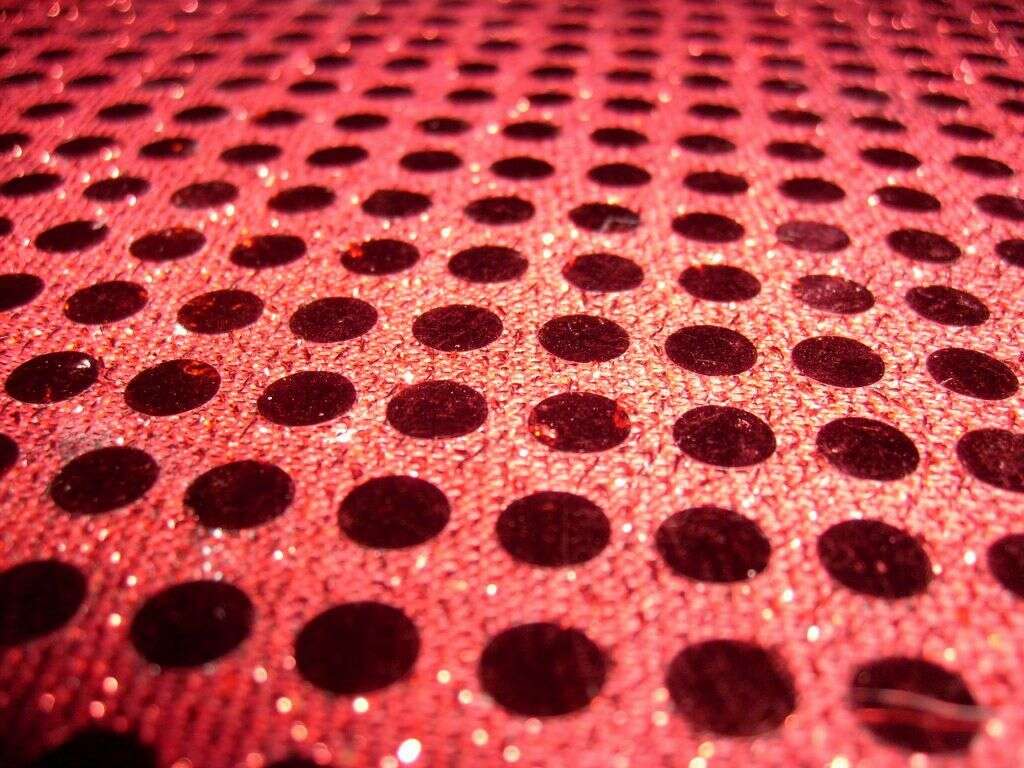
1. Discoid Lupus
One of the most common types of lupus rashes, discoid lupus, is characterized by round lesions on the skin.2McDaniel, Brianna. ‘Discoid Lupus Erythematosus.’ U.S. National Library of Medicine, 15 Aug. 2020, www.ncbi.nlm.nih.gov/books/NBK493145/. While these lesions most frequently appear on the scalp or the face, some individuals will experience this type of lupus rash on other parts of the body, as well. These lesions don’t normally cause any pain but in severe cases, they can lead to scarring or hair loss.
Although there isn’t a cure for discoid lupus, it can be treated with steroids or immunosuppressive medications. Additionally, individuals with discoid lupus can help lessen severe symptoms by avoiding harsh UV rays.
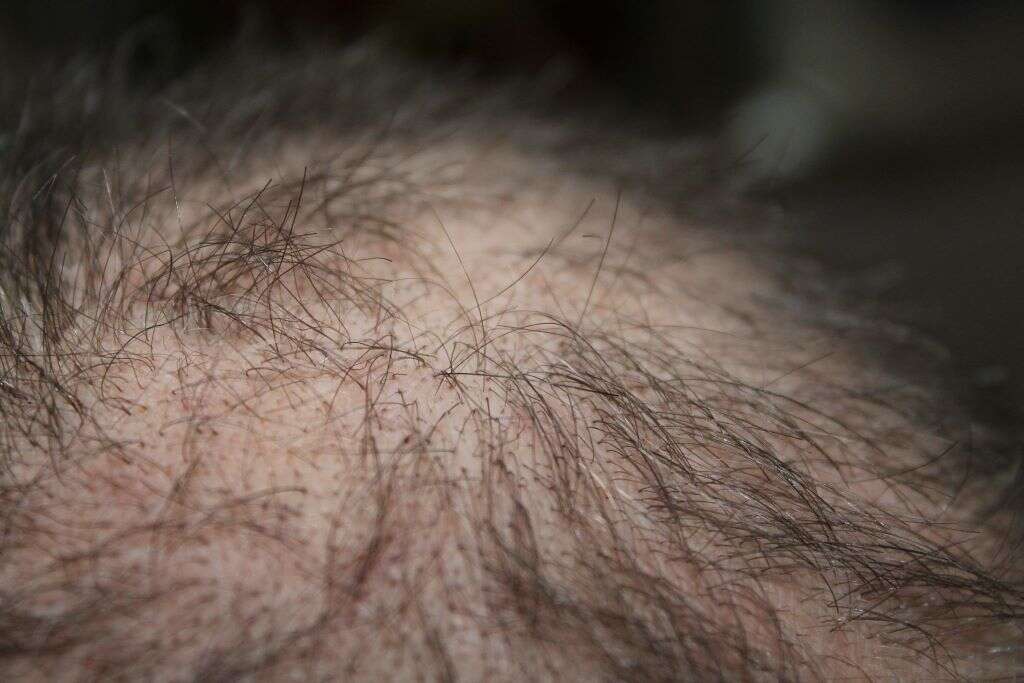
2. Subacute Cutaneous Lupus
Subacute cutaneous lupus rashes typically appear on areas of the skin that are most often exposed to sunshine.3‘Rashes, Skin Care and Cutaneous Lupus: What You Should Know.’ Hospital for Special Surgery, www.hss.edu/conditions/rashes-skin-care-cutaneous-lupus.asp. That includes the arms, face and neck. While these lesions don’t normally cause pain or itching, they can result in permanent skin discoloration.
It’s advised that individuals with subacute cutaneous lupus avoid long-term exposure to sunshine or other UV rays as much as possible, and in cases where sunshine exposure is unavoidable, those persons should consider using sunblock with a high SPF rating.

3. Acute Cutaneous Lupus
Acute cutaneous lupus is most often present in individuals who have been diagnosed with systemic lupus erythematosus (SLE). It typically presents as a red, flat, and itchy rash across the face that appears in the shape of a butterfly.4‘Types of Cutaneous Lupus.’ Patient Care at NYU Langone Health, nyulangone.org/conditions/cutaneous-lupus/types. Although this facial rash is the most common sign of acute cutaneous lupus, this rash may also appear on other parts of the body.
Just as with subacute cutaneous lupus and discoid lupus, rashes may worsen with exposure to sunlight. This malar, or cheek, rash can appear many months before a lupus diagnosis.

4. Petechiae
A petechial appears as tiny red spots and can appear on any part of the body, and while it can be a symptom of many conditions, it’s often seen in individuals who’ve been diagnosed with lupus. Typically, it’s caused by low numbers of platelets in the blood.
In addition to lupus, petechiae can also be a result of prolonged straining, side effects from medication or a variety of other medical conditions. Most often, petechiae are painless and clear up on their own.

5. Calcinosis
Calcinosis, characterized by calcium deposits that appear beneath the skin, has been known to appear in individuals with Systemic Lupus Erythematosus. While calcinosis is rare for most individuals, some studies have shown that individuals with SLE have up to a 17% chance of developing it.5Achebe, Ikechukwu, et al. ‘Dystrophic Calcinosis Cutis in Systemic Lupus Erythematosus.’ Cureus, 20 June 2020, www.cureus.com/articles/27707-dystrophic-calcinosis-cutis-in-systemic-lupus-erythematosus.
Calcinosis may result in minor deformities and is typically located on the hands or feet. This condition can sometimes be painful. Medications such as Warfarin have been successful in treating some patients, but those with severe cases may require surgery to remove lesions.

6. Cutaneous Vasculitis Lesions
In some individuals with SLE, inflammation can irritate the blood vessels in the skin, which can result in small, reddish-purple lesions on the lower legs. These lesions range from small petechiae to larger bruise-like purpura. In some cases, these lesions can result in large ulcers that cause permanent damage to the skin. Cutaneous vasculitis lesions can also cause small black spots or open sores at the ends of fingers and toes.
Some therapies are available to provide relief to the patient, including NSAIDs (nonsteroidal anti-inflammatory drugs,) corticosteroids, and immunosuppressive medications.6‘How Lupus Affects the Skin.’ Lupus Foundation of America, www.lupus.org/resources/vasculitis-and-lupus.
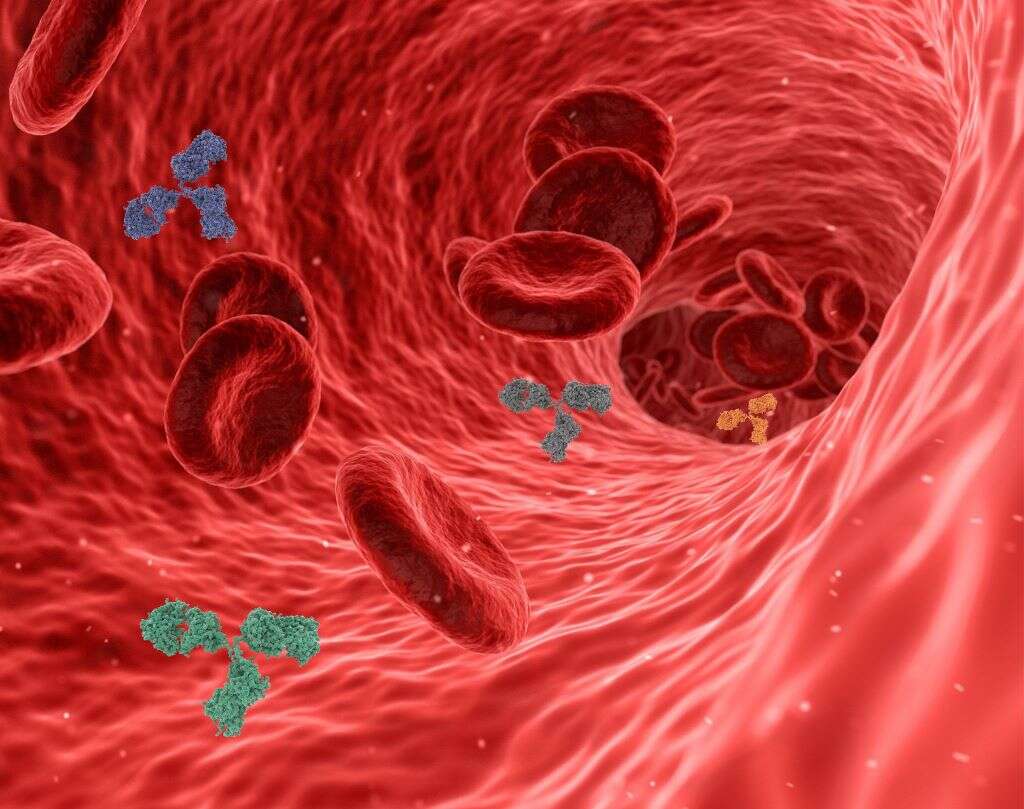
7. Raynaud’s Phenomenon
Raynaud’s phenomenon is common in individuals with autoimmune disorders.7‘Raynaud’s Phenomenon.’ Johns Hopkins Medicine, www.hopkinsmedicine.org/health/conditions-and-diseases/raynauds-phenomenon. It results in a severe decrease in blood flow to the fingers and in some cases, can also affect the ears, toes, nipples or nose. In most patients, the blood flow decrease occurs as a result of spasms in the blood vessels, which are brought on after exposure to cold temperatures, as well as by stress.
Raynaud’s phenomenon is characterized by extremities that turn pale and then blue when exposed to cold temperatures, followed by extreme redness when warmed again.
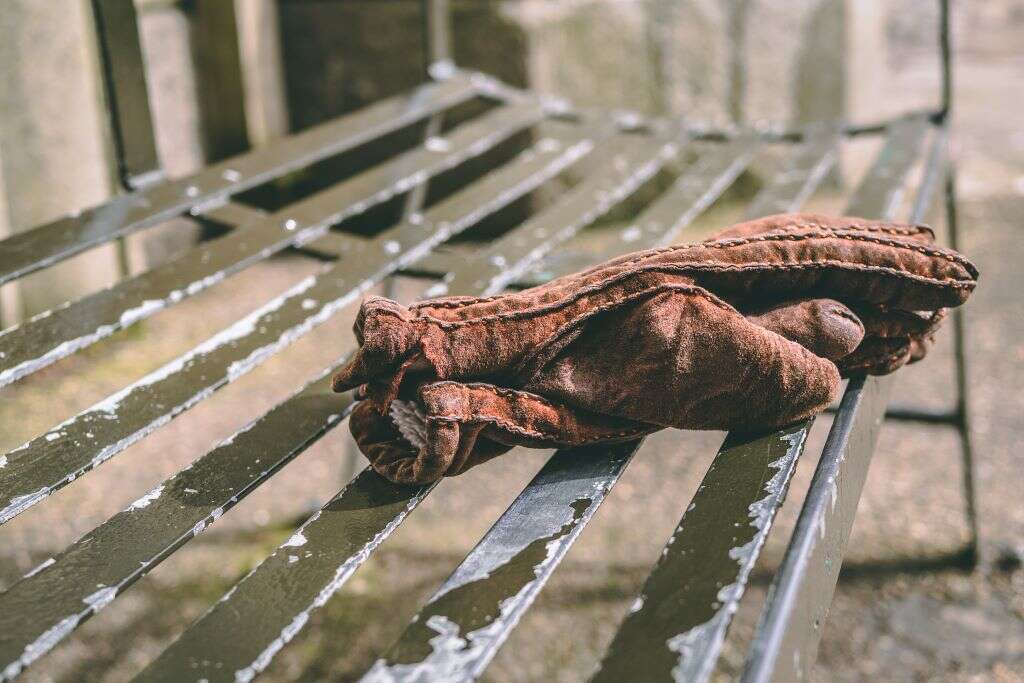
8. Mucosal Ulcerations
Occurring in the mouth, nose or vagina, mucosal ulcerations are small ulcers that are typically painless. These ulcers can sometimes be mistaken for herpes or cold sores, so it’s important for individuals experiencing this symptom to have them checked by their doctor.
Mucosal ulcerations may appear in those with cutaneous or systemic lupus. If they cause irritation, they can often be treated with over-the-counter oral medications that contain benzocaine. In some cases, stronger steroidal medications may be required.
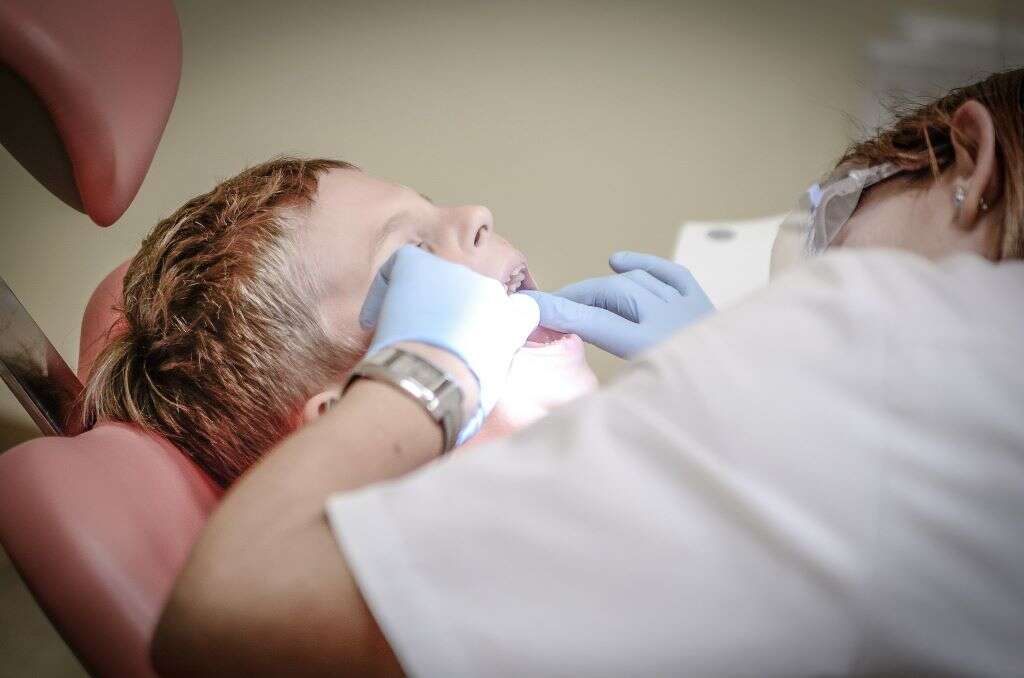
9. Livedo Reticularis
Livedo reticularis most commonly appears on the legs.8Sajjan, Vijaya Veeranna, et al. ‘Livedo Reticularis: A Review of the Literature.’ Indian Dermatology Online Journal, Medknow Publications & Media Pvt Ltd, 2015, www.ncbi.nlm.nih.gov/pmc/articles/PMC4594389/. It presents as a bluish rash underneath the skin, often with a lace or fishnet-like appearance. It’s thought that this condition is the result of spasms in the blood vessels, which can appear after exposure to cold weather. As such, this condition often worsens after spending time outdoors in cold weather.
Normally, livedo reticularis clears up without treatment but in some cases, it may become painful or worsen with time. If this happens, doctors may prescribe immunosuppressant medications or steroids.

10. Other Common Symptoms of Lupus
Lupus is commonly known as the disease with a thousand faces, and that’s because it can present in patients in a variety of ways. While the symptoms of Lupus can vary dramatically from patient to patient, most doctors look for clusters of symptoms, such as muscle and joint pain, hair loss, kidney malfunction, light sensitivity, memory problems, rashes, eye disease and fatigue.
Of course, one of these symptoms on its own does not indicate that lupus is present. This condition can take months, or even years, to diagnose and generally requires multiple tests.9‘How Lupus Is Diagnosed: An Overview.’ Lupus Foundation of America, www.lupus.org/resources/how-lupus-is-diagnosed-an-overview.



